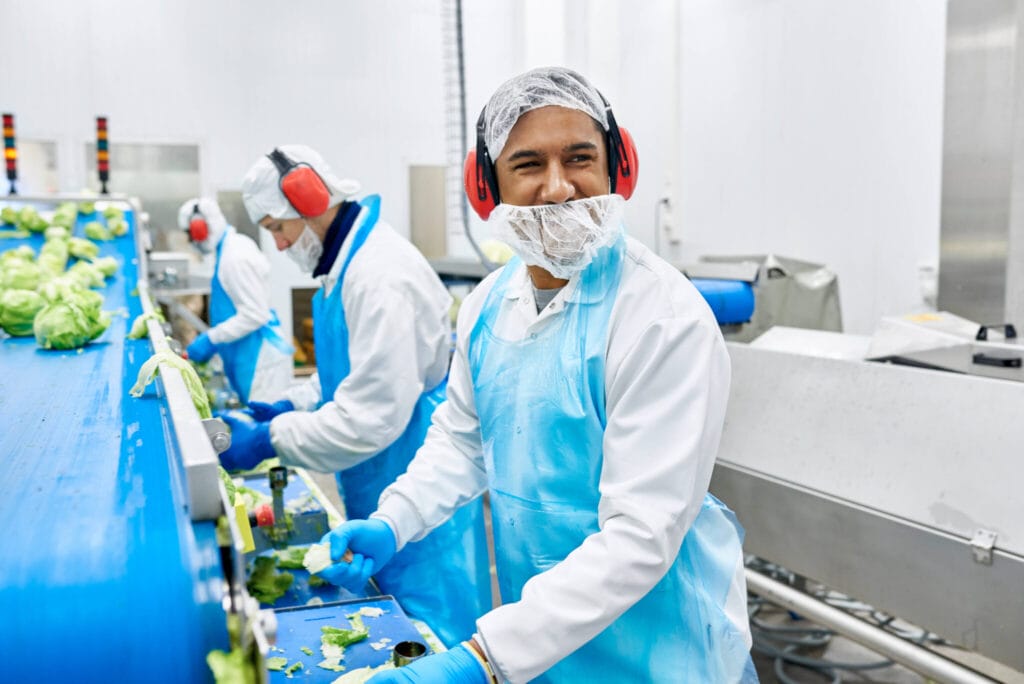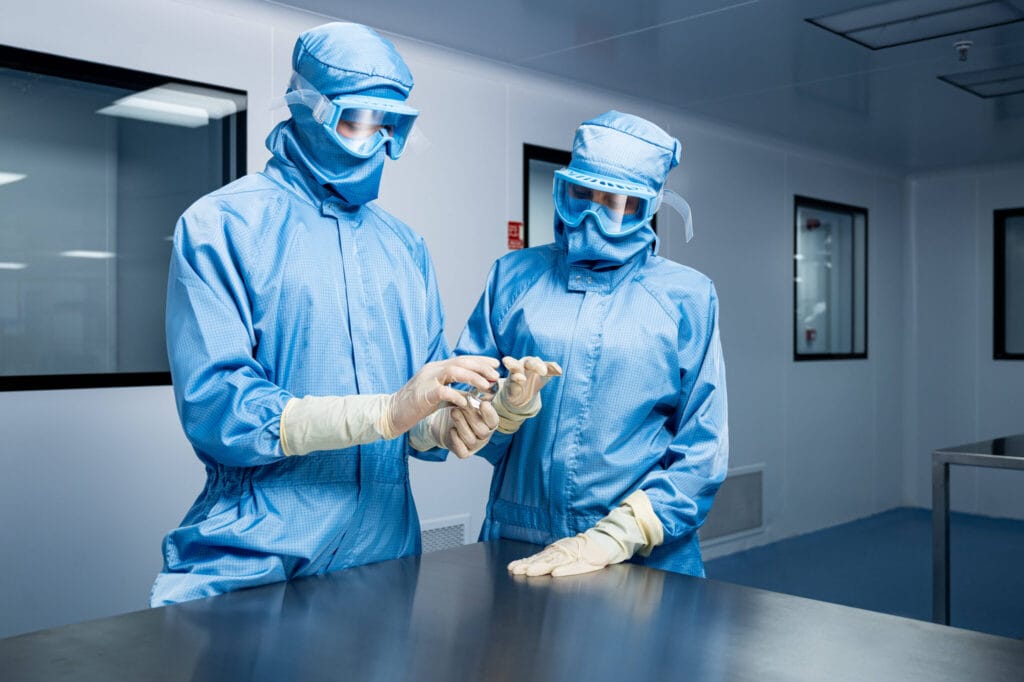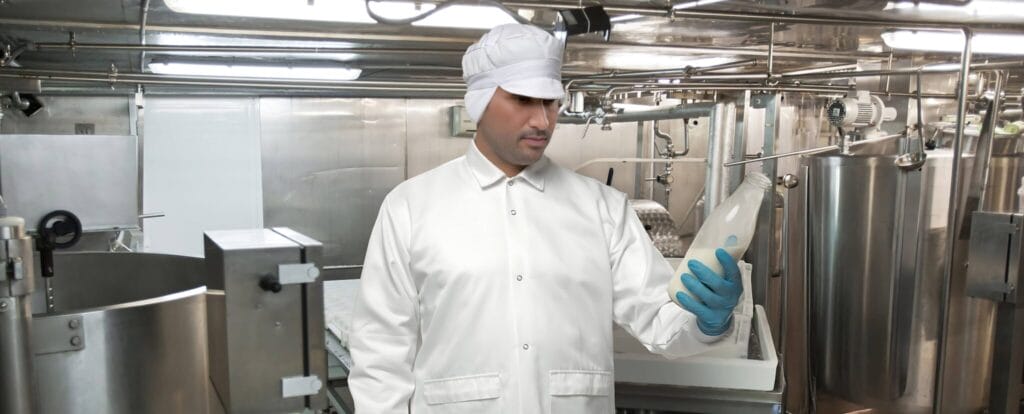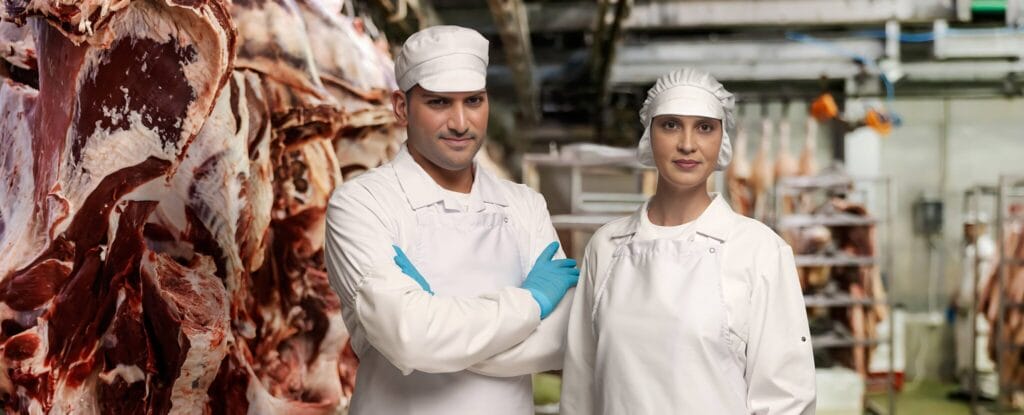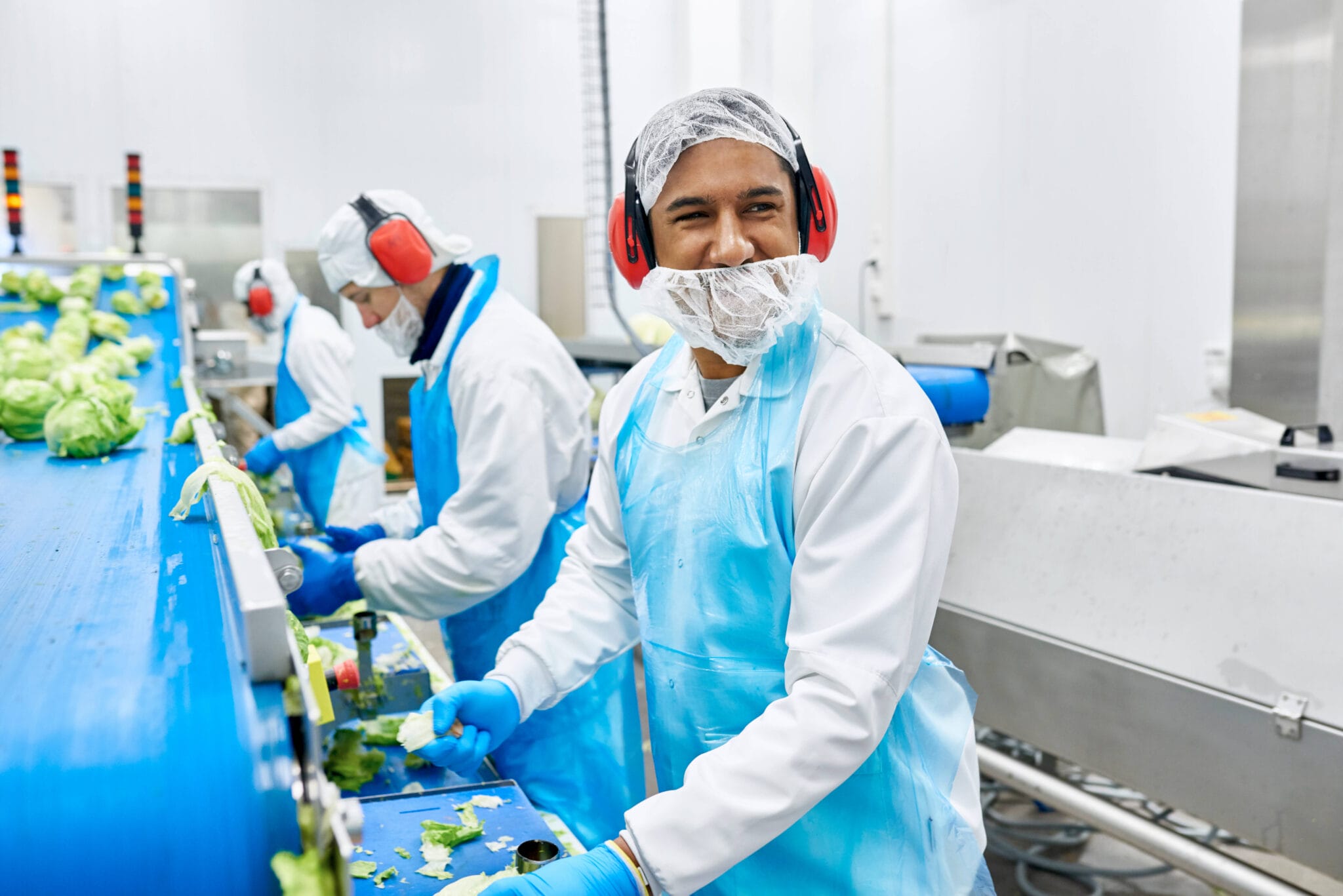
Food safety and hygiene: auditing & testing
Access to optimal amounts of nutritious, safe, and healthy food is important for overall wellbeing. Unfortunately, an estimated 600 million, i.e. 1 in 10 people, suffer from illness every year due to contaminated food. Unsafe food contains harmful viruses, bacteria, chemicals, parasites and other substances that are known to cause over 200 diseases, including diarrhoea and even cancer. According to the World Health Organization (WHO), contaminated and unhygienic food results into over 420,000 deaths every year globally.
As a result, maintaining high levels of food hygiene and safety has become imperative to build trustworthiness, stay compliant, ensure overall safety of the public, and for business sustainability. The growing interest of modern consumers on food quality, nutrition and safety has forced the private and public food sectors to devise stringent food security and quality standards. And audits are an integral component to ensure the safety standards are diligently followed and the processes are in compliance with statutory regulations.
There are several reasons why organisations must regularly perform comprehensive food safety and hygiene audits:
- To evaluate the management systems and processes like raw material procuring, production, packaging and supply
- To assess the condition of the manufacturing & storage facility, and the products
- To obtain food safety and hygiene certifications
- To stay compliant with regulatory standards
- To build transparency in maintaining high levels of efficiency, safety, and hygiene
- To improve customer trust and reliability
- To identify, control and respond to health risks associated with contaminated and unsafe food
What does a food safety & hygiene audit cover?
Before we understand what a food safety audit typically comprises of, let’s evaluate the audit structure first.
Audits in the food industry can be classified in three ways:
- 1st Party: This is self-assessment audit, i.e. the organisation internally evaluates the management strategies and procedures to determine whether they are compliant with regulatory standards and meet business objectives.
- 2nd Party: These are proprietary audits that help verify the performance of contractors or suppliers.
- 3rd Party: Third-party food safety audits are conducted by independent auditors, i.e. who are not directly associated with the auditee. This is often performed as compliance audit and for the purpose of certification.
Based on the type of food safety audit being performed, it includes a comprehensive assessment of:
- Building structure
- Documentation, records and monitoring
- Cleaning and hygiene schedule
- Facilities and equipment
- Personnel hygiene
- Emergency procedures
- Storage areas
- Product handling and food display
- Temperature control
- Supply chain
- Pest control
- Training, supervision and instruction
- Product and process audits
- Audit of equipment maintenance and hygiene
- Supplier or contractor audit to reduce the risk of contamination from external sources
In addition to the above, third-party audits may also include regular food quality and safety audits, chemical and microbiological testing of food samples and food contact materials, and ensuring compliance during food production.
Supply chain audits are also performed to spot potential bottlenecks in the process and evaluate the end products in real world conditions to determine its safety and customer satisfaction.
Post audit, a comprehensive report is prepared based on the status of existing processes, safety & hygiene, and scope for improvements.
Steps to conduct food safety and hygiene audit:
Discussed here are the key steps to perform comprehensive food safety and hygiene audit:
i) Planning: Food safety audit planning begins with setting a clear objective. Another integral aspect of planning is determining the audit scope, i.e. which areas need to be targeted. Planning should also include cost and resource considerations.
ii) Execution: With audit, you can get assess the status of your quality management system and operations in real-time. It helps identify the problems that may arise now, i.e. it takes a proactive approach rather than reactive. Identifying areas where preventive strategies can be implemented as well as focusing on audit findings can help improve operational efficiency and prevent problems in the future.
Companies often use audit tools in the execution phase to develop a thorough and systematic approach to food safety audit.
iii) Preventive and Corrective Actions: Gathering audit information with problem descriptions and proper documentation can provide valuable data with actionable insights. Comprehensive documentation with monitoring data can help determine the success of preventive and corrective actions taken by you.
iv) Verification: In this phase, it is crucial to evaluate how efficient are the preventive and corrective actions, and whether they are complying with regulatory standards and your management strategy.
v) Audit Evaluation: It is one of the most steps of food safety and hygiene audit – evaluating and validating the success of the audit process. Even the audit process should comply with your business objectives and statutory audit schedule.
Conclusion:
Proper workwear is one of the key aspects that can help your company stay compliant with regulatory food safety and hygiene standards. Lindstrom India provides workwear rental services, providing private and public food sectors with high-quality, suitable, and hygienic workwear that can help prevent contamination. Our cleanroom services are designed to help food and pharma manufacturing and supply companies with regular access to clean and decontaminated workwear that helps maintain personnel hygiene at workplace.
Frequently Asked Questions (FAQ)
Comprehensive audits are crucial for evaluating management systems and processes such as raw material procurement, production, packaging, and supply. They help to assess the condition of manufacturing and of storage facilities, ensure regulatory standards are being met, and build transparency in the maintaining of efficiency, of safety, and of hygiene at high levels.
Food safety audits can be classified into three types:
- First-Party Audits: Internal assessments conducted by the organization to evaluate compliance with regulatory standards and business objectives.
- Second-Party Audits: Proprietary audits performed to verify the performance of contractors or suppliers.
- Third-Party Audits: Independent audits conducted by external auditors to assess compliance and identify areas for improvement.
A food safety and hygiene audit typically focus on a wide spectrum of operational areas that can influence product safety and overall hygiene. This includes evaluating equipment maintenance, the adequacy of staff hygiene practice, and facilities’ condition and cleanliness. Auditors examine how well hygiene schedules are followed, also how food is handled and stored. Auditors also check to see whether the temperature controls get effectively managed. The audit investigates documentation and into traceability systems. It investigates employee training levels and pest control measures. Together, these aspects decide if an organization fulfills needed safety levels and lessens risks for contamination.
An audit is a structured and multi-phase exercise that does start with a more thorough planning because of how it conducts that kind of exercise, and here the objectives, scope, and logistical considerations happen to be clearly outlined. Auditors execute procedures then assess operational systems in real time. Auditors also find issues with failures to comply that could impact quality or safety. This is followed by preventive actions and corrective actions, in which solutions are applied systematically, and problems are documented. The process doesn’t end there; thus we must verify. This verification confirms corrective actions are effective also compliant. Finally, someone does thoroughly evaluate the entire audit to ensure that the findings align with the regulatory requirements and internal quality standards. This evaluation reinforces toward a continuous improvement cycle.
Regular audits help organizations stay compliant with regulatory standards plus obtain food safety and hygiene certifications. They furnish a systematic method for spotting and handling likely hazards. This method confirms products satisfy safety and quality standards.
Proper workwear helps you maintain compliance with food safety along with hygiene standards. Lindström provides for workwear rental services, and they offer up hygienically clean and compliant textiles for food industry employees. Actors use this to avoid getting contaminated. This also does let companies meet regulatory requirements now.
Organizations can prepare by:
- Ensuring all documentation and records are up to date.
- Conducting internal audits to identify and address potential issues.
- Training staff on hygiene practices and audit procedures.
- Maintaining clean and well-organized facilities and equipment.
- Implementing effective cleaning schedules and pest control measures.
- Collaborating with suppliers to ensure their compliance with safety standards.
